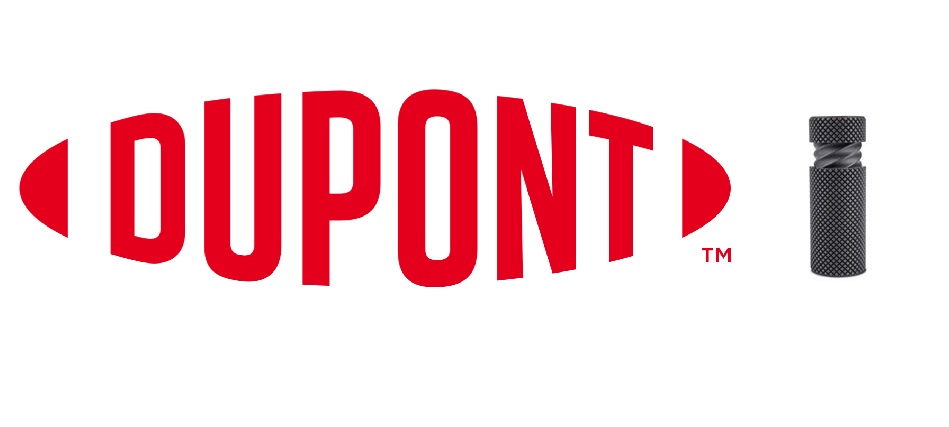![A small look at a part made with a new semi-crystalline material [Image: DuPont]](https://fabbaloo.com/wp-content/uploads/2020/05/DuPont_img_5eb098d89de58.jpg)
With RAPID + TCT coming up next month, we can expect to see many new product introductions — with a lot to come in materials.
Major tradeshows bring major announcements, and for North America, the annual RAPID event is a spring highlight. This year the show will be held in Detroit, starting in exactly one month, running May 21-23. Teasers are already rolling in, both embargoed (some I’m really looking forward to sharing) and others ready to share now.
A major trend in 3D printing materials lately has been the proliferation of traditional chemical companies entering the additive manufacturing arena, and that is bound to continue. Well-established companies with well-established industrial reputations are bringing their decades- and some even century-long expertise into new formulations for newer processes.
DuPont is one of these, as DuPont Transportation & Advanced Polymers, which is a business unit of the DowDuPont Speciality Products Division — because major players have major business delineations — has announced that it will be “significantly expanding its 3D printing portfolio” with its RAPID releases this year.
The new materials will be advanced semi-crystalline materials with uses in automotive and structural components. Presumably with applications well beyond, but parts in these categories will be showcased along with other DuPont material-made components.
Many material introductions are fitting into the growing production focus of 3D printing overall, making strength and mechanical properties prime focus.
DuPont has been offering 3D printing materials for a few years now, so the portfolio expansion isn’t much of a surprise. Not much information is available at this time regarding the new semi-crystalline materials, including how many “multiple” will mean, but the company does note:
“These high-performance materials will offer customers greater manufacturing agility by enabling a seamless transition across different 3D printing scenarios while maintaining consistent properties. They will also open new opportunities to scale up and accelerate production while reducing costs.”
As of now, the company offers Hytrel flexible, Surlyn ionomer, and Zytel nylon filaments. These were all developed to offer “the same quality, reliability and proven performance” of these standard DuPont brands, “now available in filament form for 3D printing.”
Filled Zytel filaments were the most recent introductions, having been announced for formnext 2018. These are the catchily-named Zytel 3D12G30FL BK309 glass-reinforced polyamide and Zytel 3D10C20FL BK544 carbon fiber-reinforced polyamide grades. They were demoed at that show using German RepRap X400 and X500 3D printers.
Upon the formnext announcement, the company noted growth toward industrial applications as being key; DuPont’s New Business Development Manager, Ernst Poppe, said:
“To follow these trends, our industrial customers need 3D printing materials that offer similar formulation, mechanical and chemical properties as our well-known injection moulding grades. These new glass- and carbon-reinforced 3D filaments are a new step in that direction to help the industry move towards cost-efficient, automated and larger scale production”, says Ernst Poppe, New Business Development Manager, DuPont.
More details on the semi-crystalline materials will emerge during the course of RAPID + TCT. On the show’s final day, Dr. Jennifer L. Thompson, DuPont Transportation & Advanced Polymers’ R&D Programs Manager, will present a discussion called “High Performance Materials for 3D Printing,” including a technical paper on the new materials.
DuPont will hardly be alone in the new high-performance material introductions. It’s a smart move of them to get word out early so visitors planning their time at RAPID can get them on their must-see list soon.
Via DuPont











An inventive designer has developed a method for producing 3D paper objects using recycled paper and 3D printed molds.